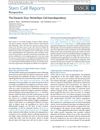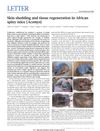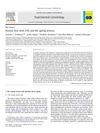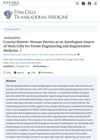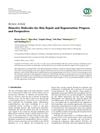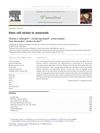Comparative Biology of Tissue Repair, Regeneration, and Aging
June 2016
in “
npj Regenerative Medicine
”
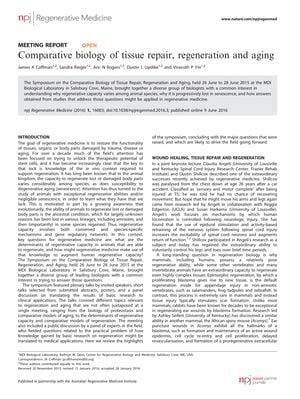
TLDR The symposium concluded that understanding how different species repair tissue and how this changes with age can help advance regenerative medicine.
The symposium discussed the variability in regenerative capacity among species and its decline with aging, with implications for regenerative medicine. Highlights included Claudia Angeli's work on spinal cord injury recovery, Ashley Seifert's research on the African spiny mouse's scarless skin healing, Sandra Rieger's identification of hydrogen peroxide's role in wound repair, and Vicki Losick's discovery of polyploidy in fruit fly wound repair. Studies on C. elegans, long-lived clams, and the African turquoise killifish provided insights into maintaining cellular integrity with age. Phil Newmark's research on schistosomes' stem cells, muscle stem cells' response to injury, the role of germ granules in C. elegans, and the regulation of hair follicle stem cells by the dermal papilla were also discussed. Cardiac repair research identified Hopx in myogenesis and suggested CBSCs for heart repair. The importance of the immune system in regeneration was emphasized, and comparative biology was proposed as a means to understand tissue repair mechanisms.
